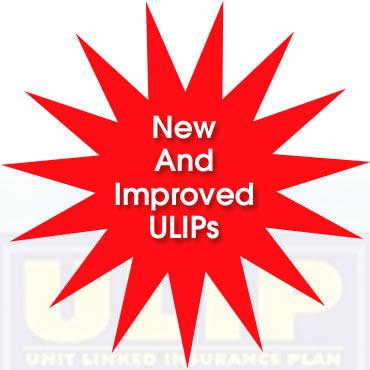 | « Back to article | Print this article |
New ULIP rules: What's in it for you?
After a recent spat between the IRDA and SEBI and the frequent questions raised on mis-selling of ULIPs, the insurance regulator has come out with a series of changes in the ULIP structure that will come into effect from September 1, 2010.
While this does not address the ULIPs purchased prior to the mandate date, there is hope for those who are looking at investing in ULIPs in the near future.
With this new regulation IRDA has tried to reinforce the idea of ULIPs being long-term products which provide risk protection. An attempt has also been made to bring about greater transparency in the charge structures.
InvestmentYogi talks about the changes that have enabled the ULIP makeover come September 1, 2010.
ULIPs are long term products
The lock-in period has been increased to five years from the current three years. This includes top-up premiums. Also the minimum premium paying term has been increased to 5 years. While to some extent it enforces the long term nature, it is advisable to stay invested in the ULIP for at least 10 years to reap good returns.
Click NEXT to read further...
Rationalisation of fees and other charges
a) Even distribution of charges during the lock in period
With 30 to 40 per cent of the first year premium siphoned off into charges, investors lost out on their initial investment value. Also, agents were paid higher commissions on new policies and it was in their interest to get the policies surrendered after 3 years and enroll the gullible investor into a new policy. Keeping the investor interest in mind, the new IRDA mandate says that charges on ULIPs are to be evenly distributed during the lock-in period.
b) Limitations on charges
IRDA has also fixed caps on various charges thereby reducing the overall charges and increasing transparency for the investor. Since the minimum lock-in period is 5 years the capping structure starts from the 5th policy anniversary. This means that if you have held the policy for 10 years, at the 10th policy anniversary, if the investments in your policy's stock bucket have reaped 15 per cent return, you should get at least 12 per cent (maximum permissible charges are 3 per cent).
Likewise, the net reduction in yield for policies with term less than or equal to 10 years shall not be more than 3 per cent and above 10 years shall not be more than 2.25 per cent.
c) Change in surrender charges
The surrender charge structure will also see a change due to the IRDA policy. Regulations brought out by IRDA in this regard ensure that policyholders do not get overcharged when they wish to discontinue their policies for any emergency cash requirement. The regulations stipulate that an insurer shall recover only the incurred acquisition costs in the event of discontinuance of policy and that these charges are not excessive.
Increase in risk component
To also end the SEBI dispute on some ULIPs coming across as pure investment product, all unit-linked products, other than pension and annuity products will mandatorily provide a mortality cover or a health cover.
For example, the minimum life cover for a regular premium paying person below 45 years (entry age) will be 10 times the annualised premiums or (0.5 times (T) annualised premiums) whichever is higher. T is taken as 70 minus entry age.
Also the death benefit shall not be less than 105 per cent of the total premium paid (including top ups).
Likewise, the minimum health cover per annum for the same individual would be 5 times the annualised premiums or Rs 1,00,000 per annum whichever is higher.
Guaranteed return for pension product
While the amount may seem small considering the current inflation rate, at least it ensures that the risk in erosion of principal is alleviated. As regards pension products, all ULIP pension/annuity products shall offer a minimum guaranteed return of 4.5 per cent per annum or as specified by IRDA from time to time.
This will protect the life time savings for the pensioners, from any adverse fluctuations at the time of maturity.
It will be interesting to note how ULIPs perform post this makeover and hopefully the changes will to a certain extent address the issues plaguing its investors.



